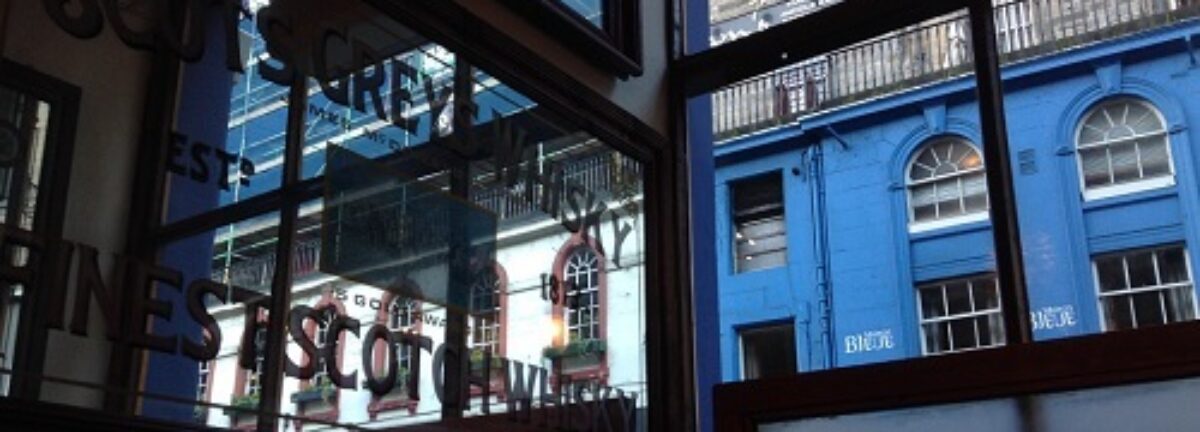It seems like just a couple of weeks ago that I was learning about yeast history through science. Oh. It was just a couple of weeks ago. Now, instead of reaching back just four centuries, science is taking us back through over 400,000 centuries of yeastiness:
Why is it, even though there are 38,000 results for the Google search “Raul Cano beer“, that I have never heard of this? Look – it even has a website. You never tell me anything. More about the back story here but the interesting thing is not that it is done so much as it is not done more. Think about this. If dormant yeast can sit in the belly of a bug enclosed in amber, it must be lots of other places. I recall seeing some history show about medieval life in which the historian in charge of some European farming community site explained how, when they wondered about how they could figure out what food grains had grown there, they realized it was all around them in the deepest layers of the thatched roofs.
Hornsey describes how pot shards from pre-historic digs are studied for chemical residues to confirm their use in brewing. So, what is like a thatched roof and like amber that could hide a yeast that just happened to be used in the porter breweries of 1700s London or a dark ages monastery? Where can dormant yeast hide? Can it be sitting in a deeply buried layer of turf hibernating next to the old brewery wall or in a dried up goo residue that long ago seeped its way into the cracks in the beams of a 1400s ale house? Can it be identified that closely? And what do you call that search – is it yeast forensics? Or is it more like microbial archaeology? Is someone out there doing this right now? Are you holding back about that, too?


